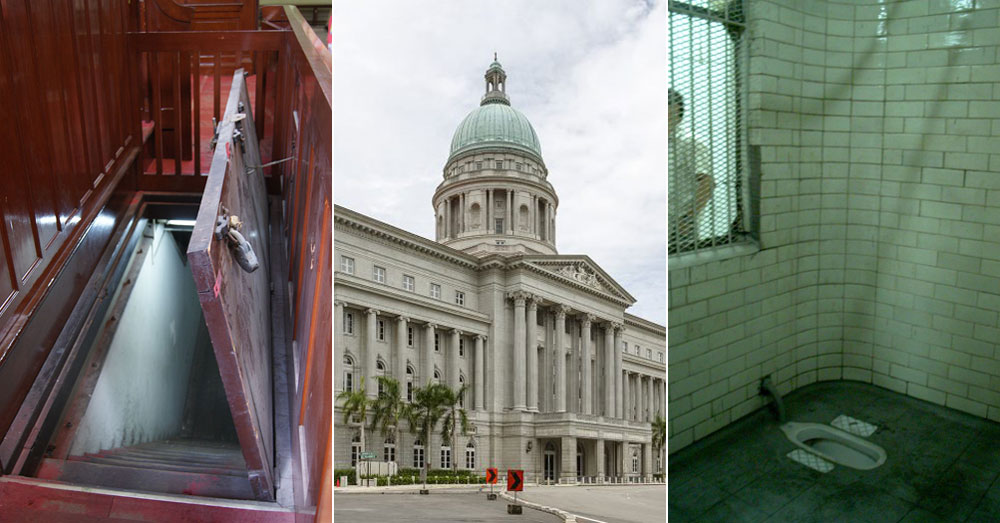You don't have to be an accused criminal in Singapore to see the insides of a jail cell these days.
The National Gallery Singapore has jail cells within its premises that were formerly in active use, as the venue was once a court.
The National Gallery Singapore, opposite the Padang, currently houses the largest public collection of Singaporean and Southeast Asian art in the region.
It was converted from its original use by combining the Supreme Court and City Hall to create a single structure.
Officious buildings with stories
The City Hall was as an important government office in Singapore. It bore witness to our colonial past, as well as political milestones.
The Supreme Court serves as the highest judicial court in Singapore and is the final court of appeal.
In 2005, the Supreme Court moved out of the old building and occupied its new premises at Supreme Court Lane.
 Old Supreme Court building. Photo from Wikimedia
Old Supreme Court building. Photo from Wikimedia
Even though the old Supreme Court courtrooms serve as art galleries these days, the jail cells within have been preserved and are open to the public.
Old jail cells
The cells used to house suspects waiting for their hearings.
There used to be a total of 12 cells: Two for women and 10 for men.
This is what the cells looked like in the Old Supreme Court before it was renovated to become the National Gallery.
Each cell had a bench and a squat toilet:
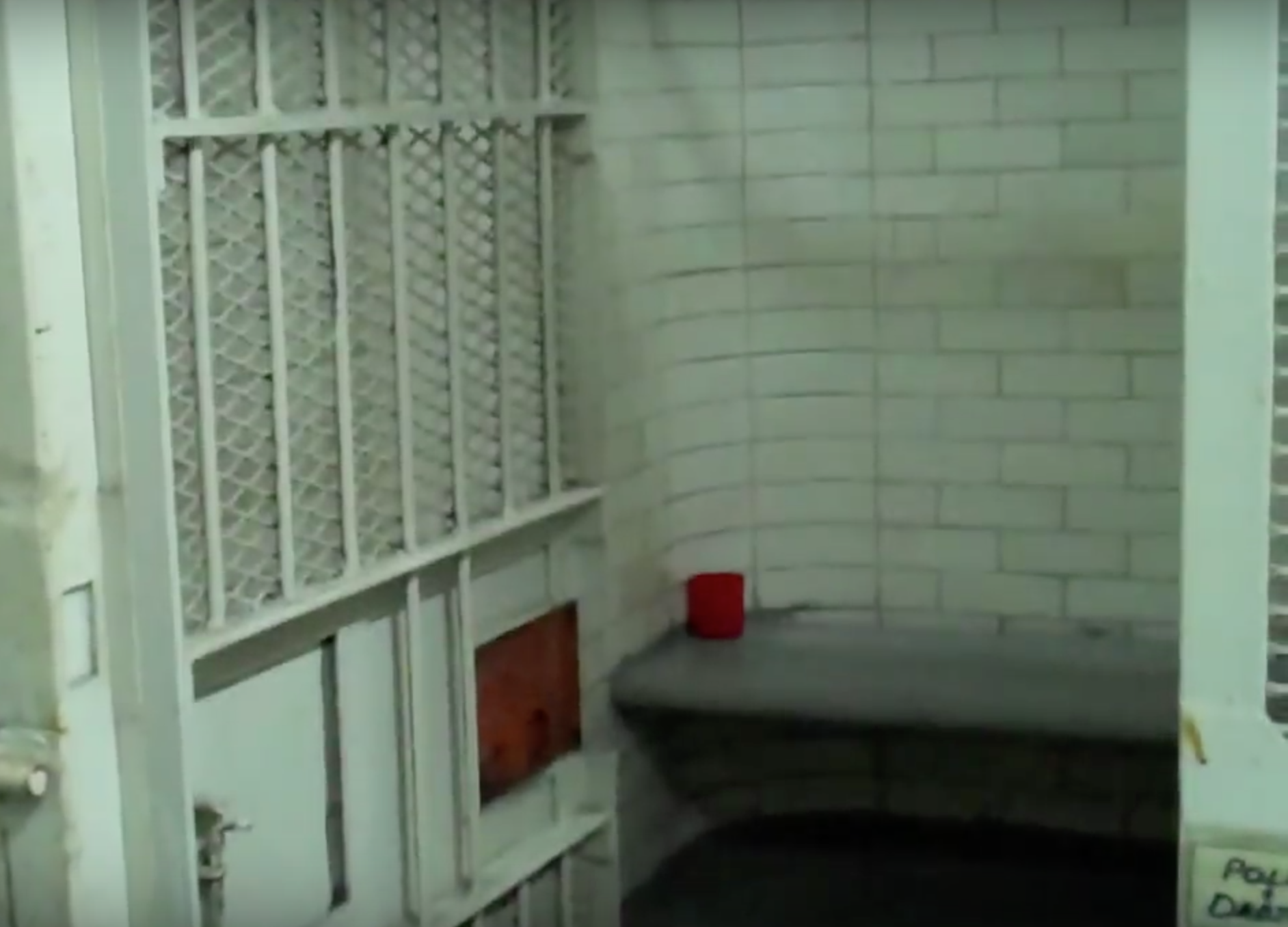 Screengrab from YouTube
Screengrab from YouTube
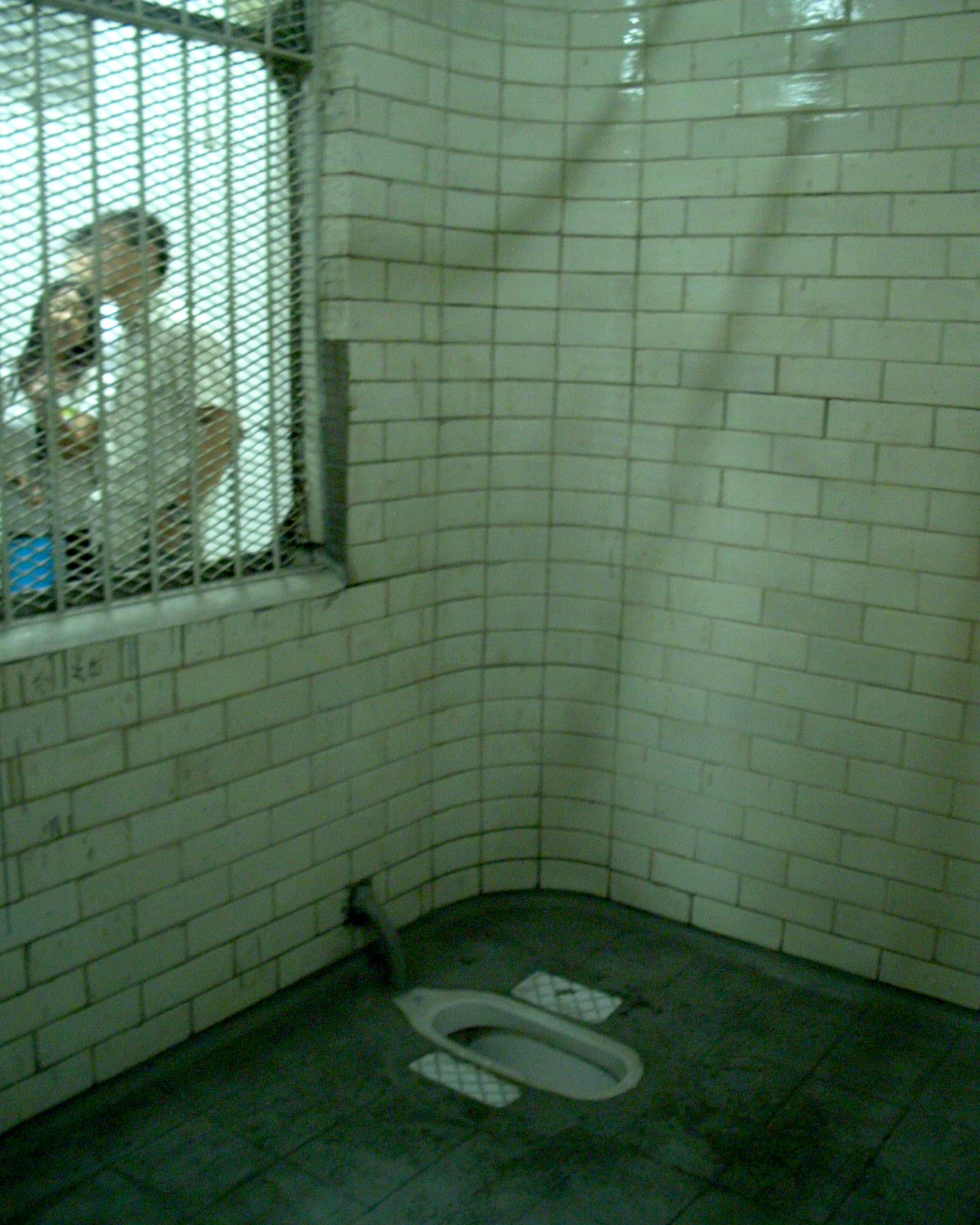 Photo via Wikimedia
Photo via Wikimedia
The plumbing system and cistern of the toilet were located outside. This design was to prevent those awaiting trial from harming themselves.
Along with the cells, there were long and narrow corridors that led the suspects right to the courtroom's prisoner dock via a trapdoor.
This is the trapdoor that opens up to the courtroom:
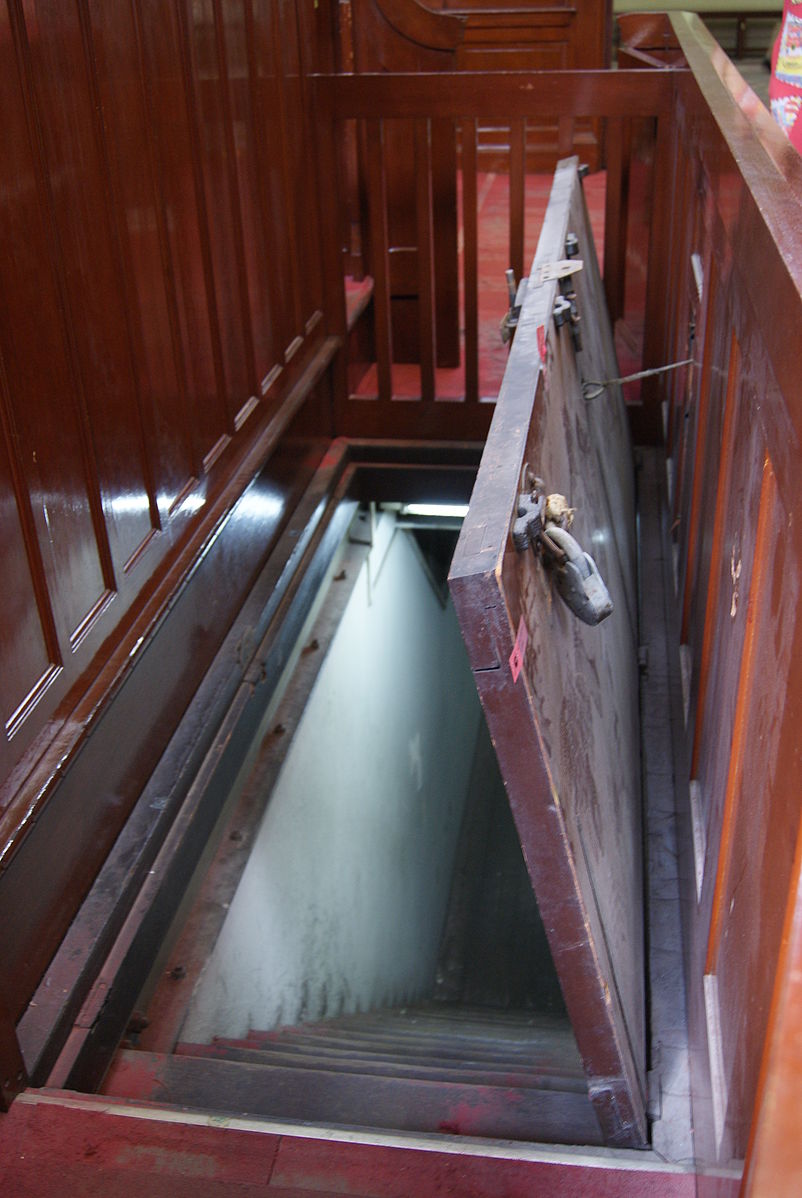 Photo from Wikimedia
Photo from Wikimedia
Notable people who have been in these cells and walked these corridors, include high-profile murderers Adrian Lim, a self-professed temple medium, and Anthony Ler.
[related_story]
Historical spaces preserved
Built in the style of classical architecture, the iconic Supreme Court building can be easily recognised by its pediment, corinthian columns and domes.
In 1992, it was gazetted as a national monument and many of the building's features, both inside and outside, have been retained.
For instance, much of the building's interior such as the foyer's terrazo flooring, timber panelling and the courtroom ceilings remain intact.
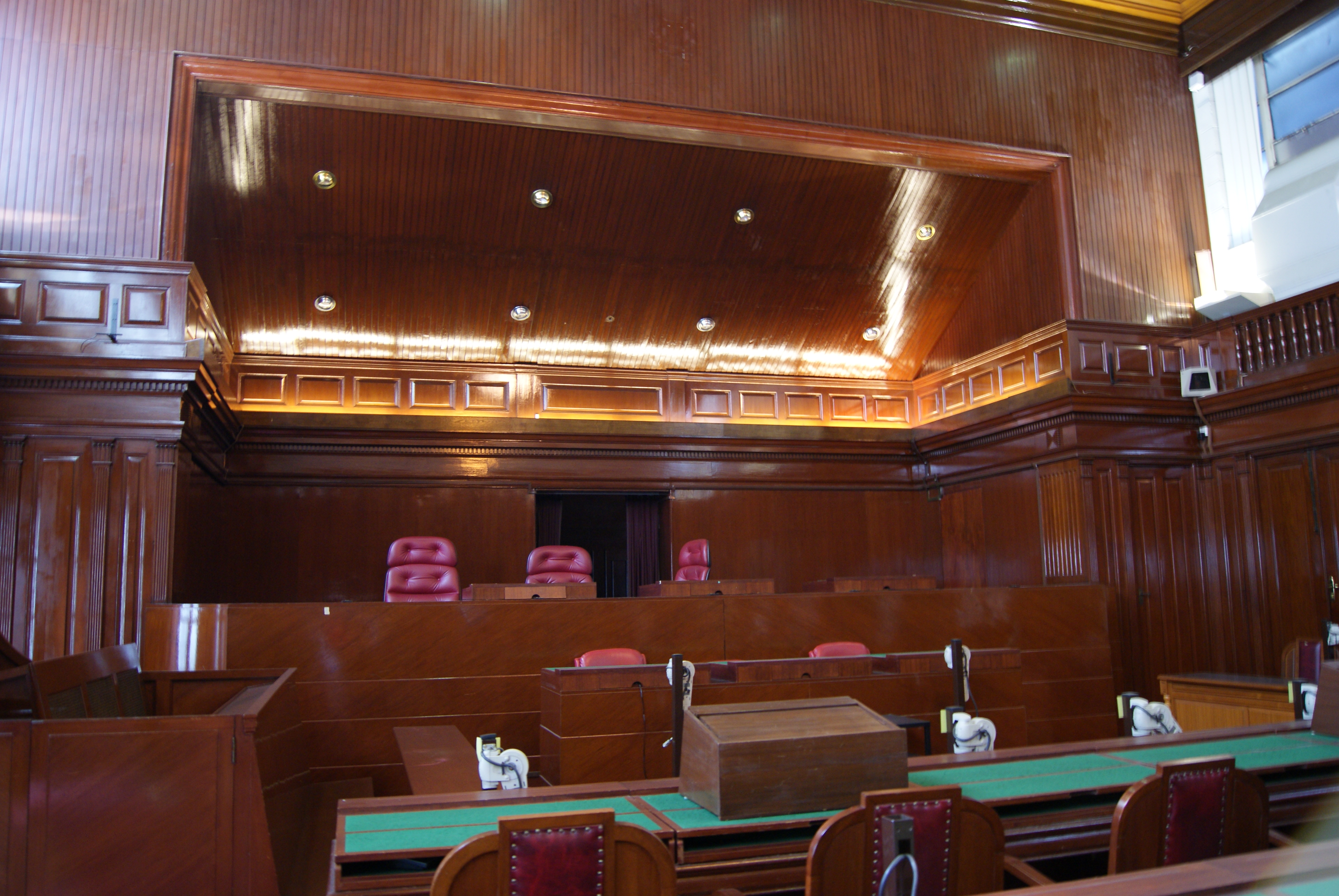 Inside the Court of Appeals courtroom. Photo via Wikimedia.
Inside the Court of Appeals courtroom. Photo via Wikimedia.
In the Supreme Court Wing of the National Gallery, two out of 12 old prison cells have been preserved and are currently opened to the public.
This is what one of it looks like:
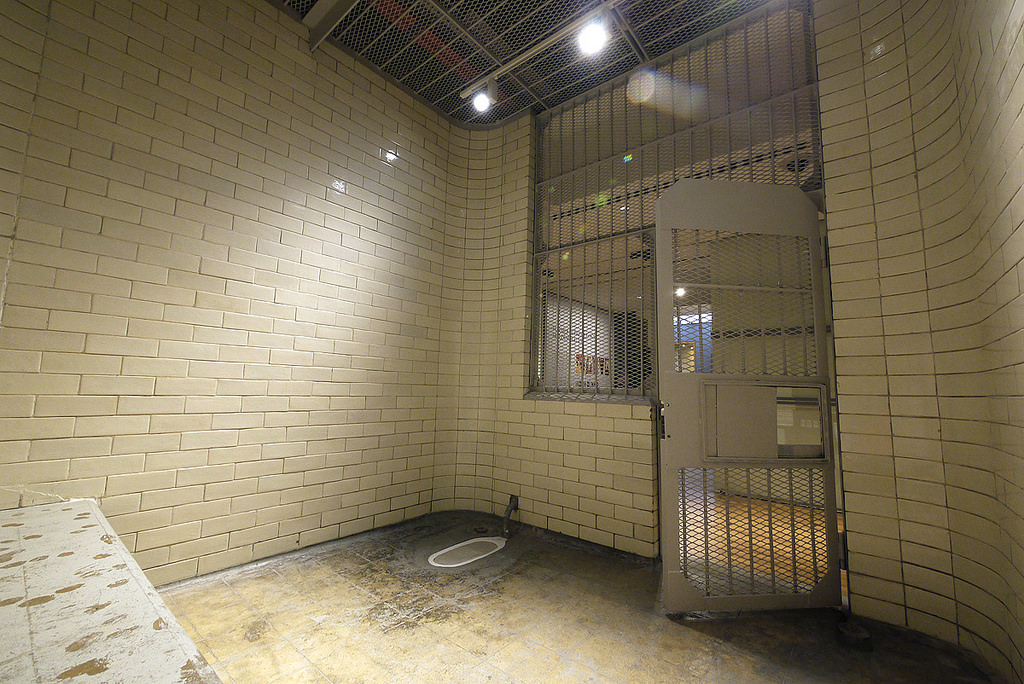 Photo via Flickr user Yotsub4
Photo via Flickr user Yotsub4
Part of the corridor as well as the adjoining staircase leading up to the courtrooms have also been retained.
Top photo composite image from National Gallery and Wikimedia Commons
If you like what you read, follow us on Facebook, Instagram, Twitter and Telegram to get the latest updates.
